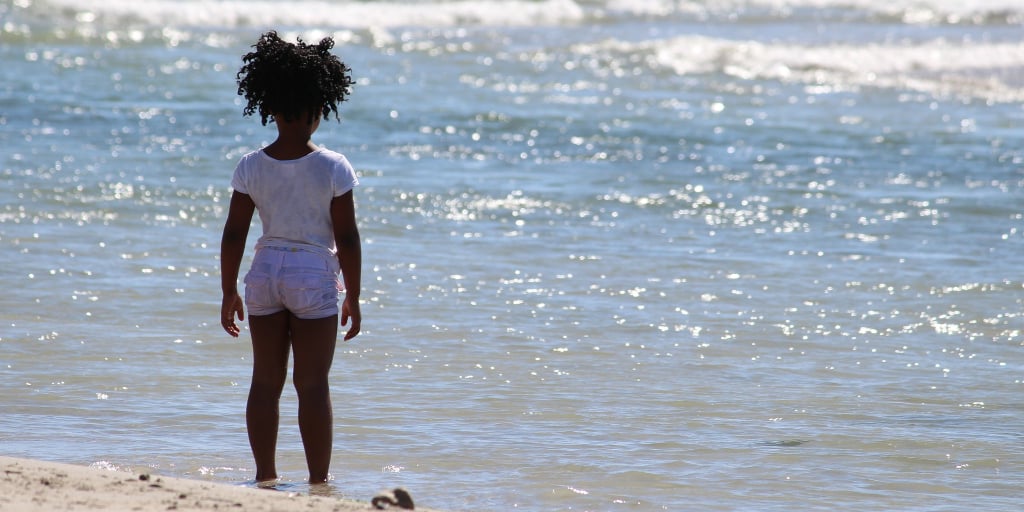
Margaret Rose Realy, Obl. OSB, recounts how her challenging relationship with her mother led to her inability to connect with Mary.
Attachment is easy to define: it is a deep and enduring bond between two people where an emotional security is experienced in the presence of the other. It is a gift from God built into our nature — to seek closeness and be comfortably loved.
We just don’t connect, Our Holy Mother and me. I’m confident she hears and intercedes when I pray, and there are no doubts she exists, loves me, and hopes that someday I attach to her as she has to me.
My attachment to my mother was well formed from infancy, and when I was three years old, her maternity was a source of joy. After three days at the hospital, my mother returned with the baby sister I had long prayed for; the baby was born four months after my fourth birthday. She was a beautiful baby with olive skin, wavy black hair, and adorable little dimples when she smiled and cooed.
By the time I was five, my world had changed. My little sister was sickly and, love her as I did, she became the sole property and focus of our mother. I was set aside, repeatedly abandoned in her need to care for the baby while meeting the demands of an overbearing husband, running a family business, and keeping tabs on my two rambunctious older brothers.
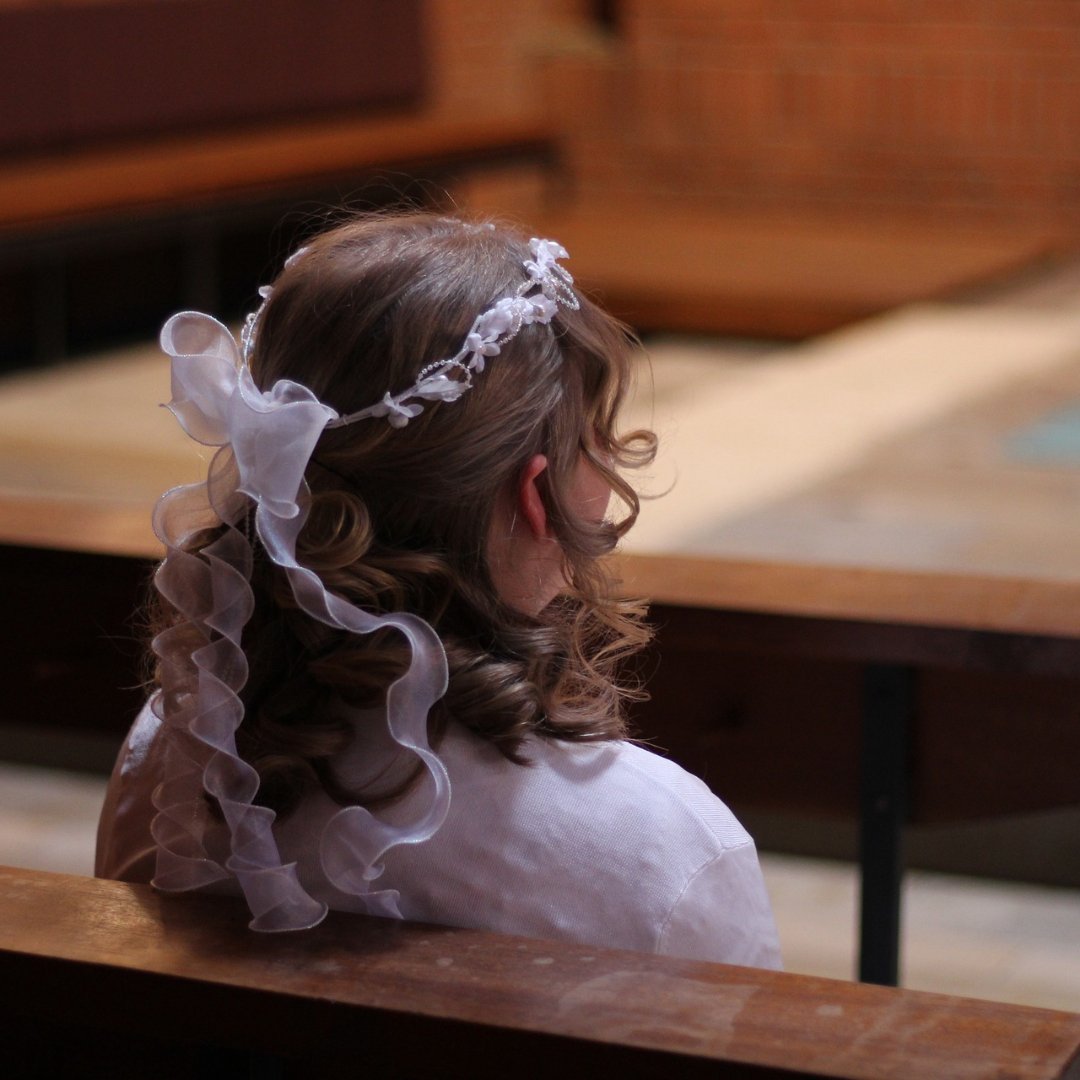
As the years progressed their attachment became exclusive — diagnostically, folie à deux — and included only our father. My attachment to our mother was broken before I was ten (to my father before I was six), and I left home at thirteen.
I had hoped for reconnection — what daughter wouldn’t? But by the time I was in my late twenties, my presence was barely tolerated, and I gave up. My mother and sister’s dysfunction was fully formed as a fortress wall, and though others seemed to be allowed in, they (and I) remained as outsiders to their created world.
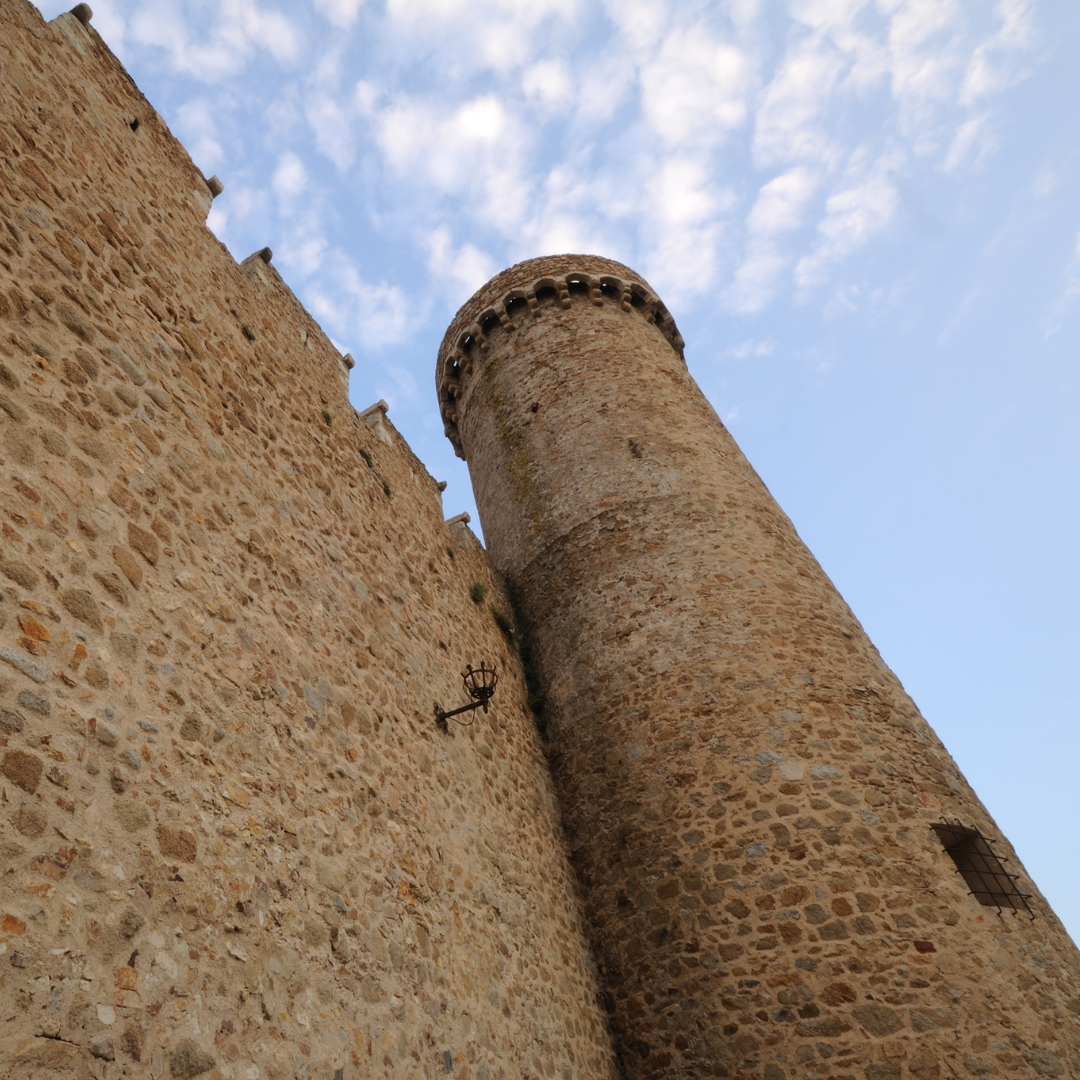
I didn’t understand what healthy attachment felt like — didn’t even have a definition for it — and did not know or trust mothering. So when I made an oblation to the Church, the Blessed Mother held no sway in my life.
Living my faith over the years always held hope, and an unrelenting loss. The attachment to any one of the Holy — God, Jesus, or Mary — was a long battle with the devil. Eventually the Holy Spirit settled in and the Holy Trinity was embraced. But still the Blessed Mother was beyond me.
There was a wound in my heart from my mother which I didn’t know how to heal. I tried to heal it; I hoped somehow to connect with the Blessed Mother. It seemed so easy and natural, for others.
I prayed the Rosary daily, went through Consecration to Mary, built her a garden — many gardens! — and lit candles to her as a supplicant for others.
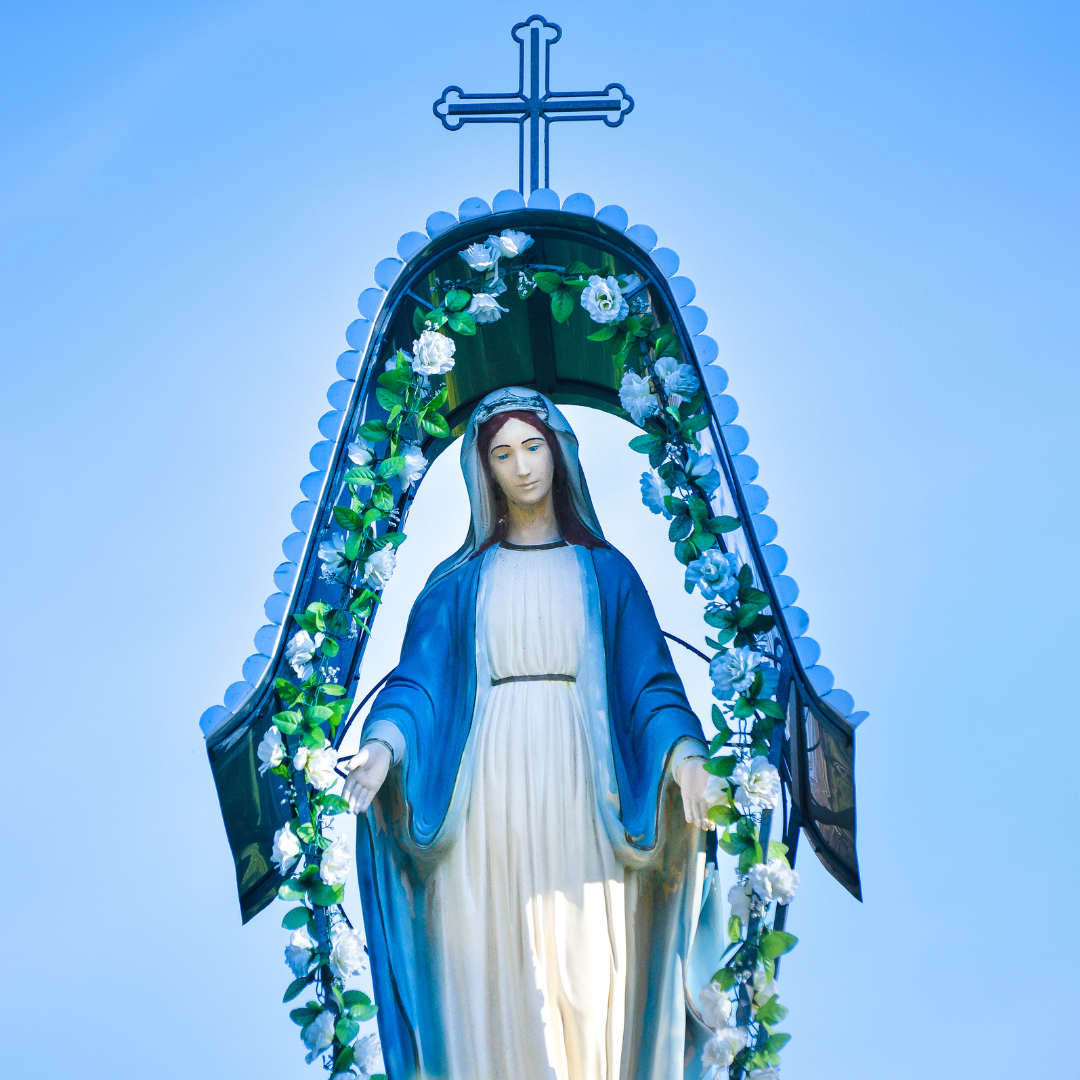
Mother Mary, Our Mother of Hope, heard and waited, reaching down as I tried to reach up and grasp her hand … her love. And I am still reaching with hope for someday to connect, to have an attachment.
She is the Mother of Hope for those of us lost from a dysfunctional childhood. She is the hope for becoming part of a family of saints. She is the hope for comfort in our sufferings. She is the hope for finally being able to rest in being loved.
Author's note: An excellent book to begin with healing for those of us with mother-wounds, is Forgiving Mother: A Marian Novena of Healing and Peace, by Marge Steinhage Fenelon.
Copyright 2021 Margaret Rose Realy, Obl. OSB
Images (from top): Pixabay (2014); Pixabay (2019); all others Canva Pro
About the Author
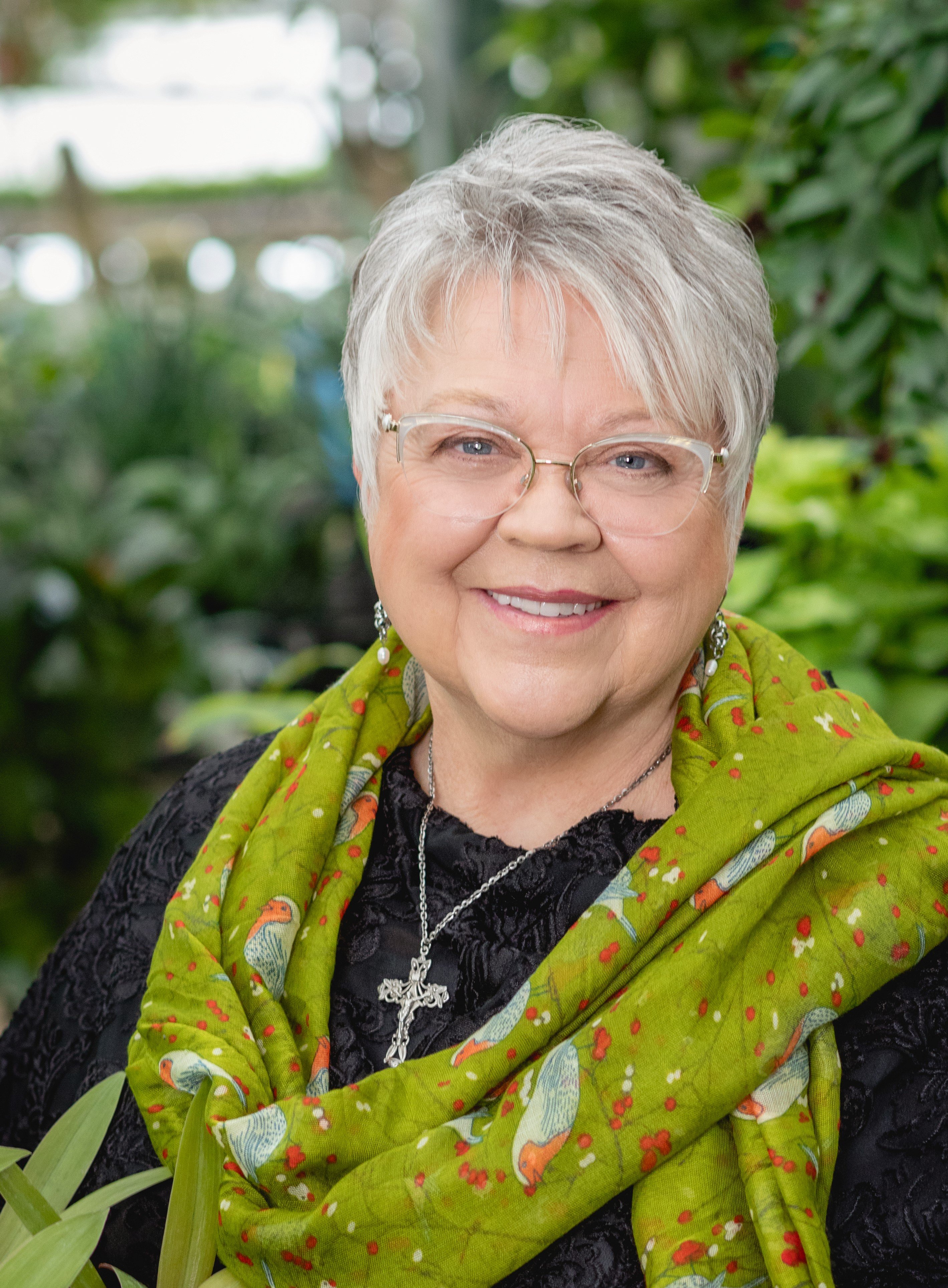
Margaret Rose Realy, Obl. OSB
Margaret Rose Realy, Obl. OSB lives an eremitic life and authored A Garden Catechism, A Catholic Gardener’s Spiritual Almanac, A Garden of Visible Prayer: Creating a Personal Sacred Space One Step at a Time, and Cultivating God’s Garden through Lent. An award-winning author, Margaret has a master’s degree in communications, is a Certified Greenhouse Grower, Master Gardener, liturgical garden consultant, and workshop/retreat leader.


.png?width=1806&height=731&name=CatholicMom_hcfm_logo1_pos_871c_2728c%20(002).png)
Comments